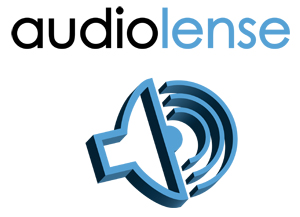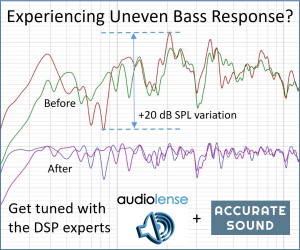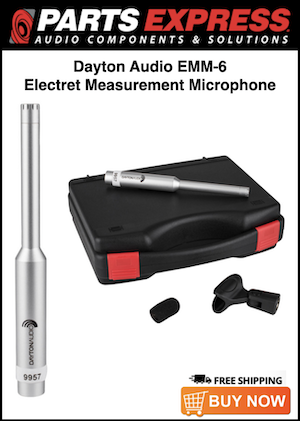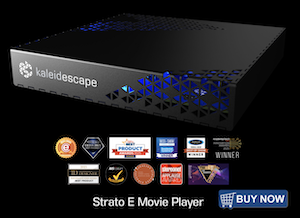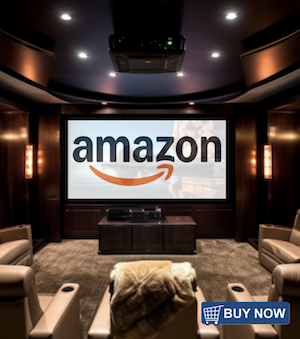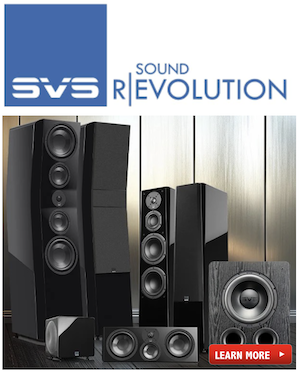Mike-48
Active Member
I have a 2-channel system with 4 subs. I'm currently using a DAC-Preamp (Anthem STR) that provides DSP DRC and crossovers. I am considering trying Audiolense. As one who has used DSP preamps for almost 20 years, I never had to think about coordinating a lot of equipment, and I'm having a hard time wrapping my head around how Audiolense would work in my situation.
I understand I could use a Windows laptop and my UNIK-2 to generate the filters. (Right?)
If I replaced the Anthem preamp, what else would I need? Could my Roon core (a NUC on the home network) serve as the convolver and/or crossover? If so, how would I go from its Ethernet output to analog signals to drive power amps and subs? I assume I'd need a 3- or 4-channel DAC (or more), but I'm not sure how to get the signal from the network to the DAC(s). I'm currently using a 2-channel "streamer" (Auralic Aries).
I would like to avoid having a general-purpose computer in the listening room.
I'm trying to get at least to the flow-chart stage of this, so I can think about it. Thoughts?
Thanks!
Mike
I understand I could use a Windows laptop and my UNIK-2 to generate the filters. (Right?)
If I replaced the Anthem preamp, what else would I need? Could my Roon core (a NUC on the home network) serve as the convolver and/or crossover? If so, how would I go from its Ethernet output to analog signals to drive power amps and subs? I assume I'd need a 3- or 4-channel DAC (or more), but I'm not sure how to get the signal from the network to the DAC(s). I'm currently using a 2-channel "streamer" (Auralic Aries).
I would like to avoid having a general-purpose computer in the listening room.
I'm trying to get at least to the flow-chart stage of this, so I can think about it. Thoughts?
Thanks!
Mike








